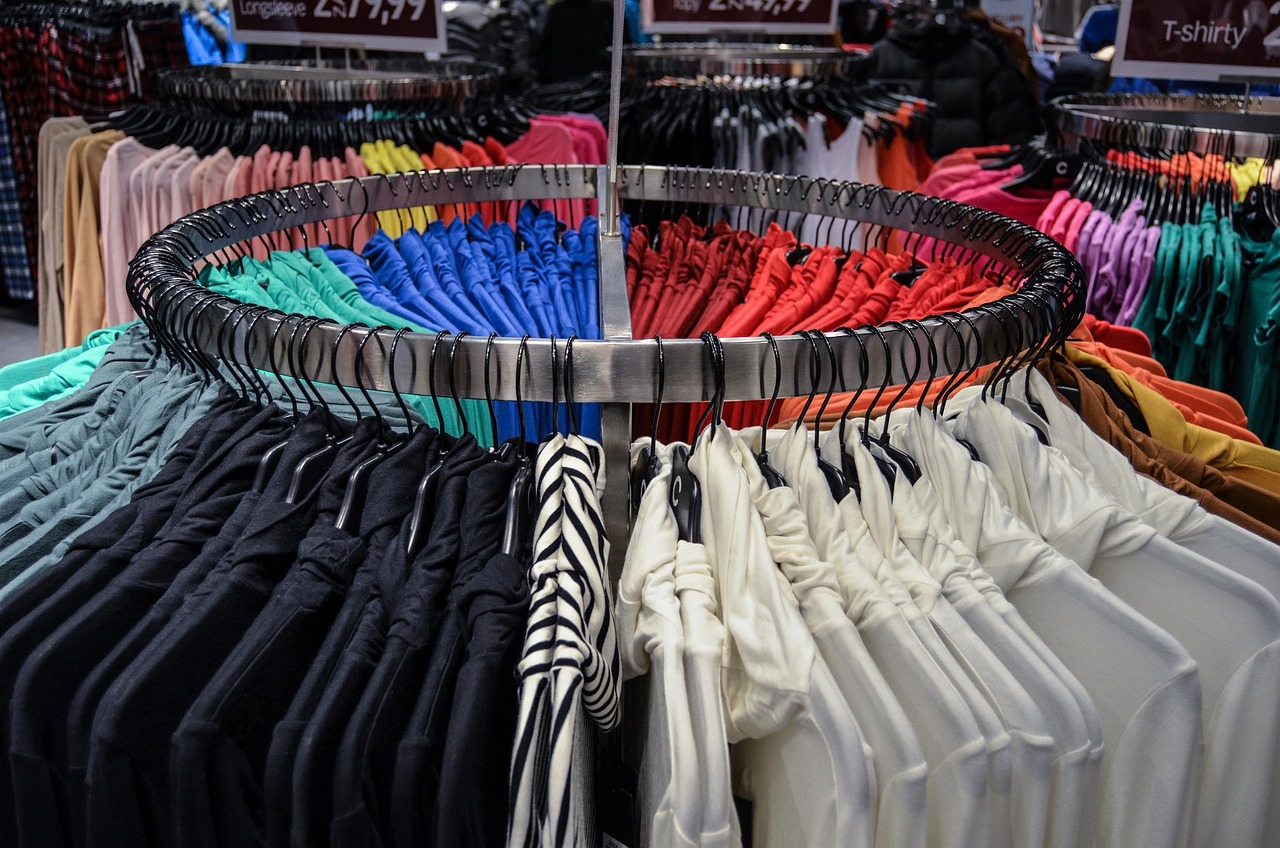

Fashion isn’t just about trends or appearances it can be a powerful tool for healing. When used with intention, style becomes more than fabric and design. It becomes expression, identity, even resistance. Research in psychology and social work confirms what many already know intuitively: what we wear can shape how we feel. Whether it’s about lifting self-esteem or fighting stigma, fashion can be a meaningful part of mental health journeys.
Let’s dig into how fashion therapy helps people reclaim their confidence, express emotion, and connect with community especially during times of isolation or mental health challenges.
Fashion therapy taps into the emotional and psychological power of clothing. It’s not about following trends it’s about wearing what reflects who you are and how you want to feel. Choosing what to wear becomes a creative act, not just a habit. It helps people feel seen, in control, and connected. For those managing mental health conditions, that sense of agency can be life-changing.
Style choices do more than fill a closet. They reflect personal history, values, and mood. Wearing clothes that honor your background or mirror your emotions can ease anxiety, boost your mood, and remind you who you are even on tough days. Many in therapy report feeling more grounded and resilient when they dress with purpose. That simple daily ritual can help reset your mindset.
Here’s what makes fashion therapy effective:
Fashion therapy is especially powerful for people navigating stigma, trauma, or identity loss. Parents facing postpartum depression, veterans coping with PTSD, teens dealing with bullying, and adults with mood disorders have all found value in using clothing to support healing. In group settings, shared style exercises build trust and solidarity. It’s not just personal it’s communal.
Curating your wardrobe can be an act of self-affirmation. Instead of internalizing negative labels or feeling invisible, you reclaim control. Whether it’s wearing bold colors to reflect resilience or dressing down to prioritize peace, the act is yours. That’s empowerment in its truest form.
Clothing can help tell the story of recovery. Survivors of trauma, for example, often use fashion to shift from invisibility to visibility from silence to strength. A jacket, a scarf, a pair of boots each item can become part of a narrative. And when you see your growth reflected back at you in the mirror? That’s healing.
Mindful dressing means being intentional with your clothing choices not just throwing on what’s clean. It’s a daily check-in: “How do I feel today?” “What do I need?” That reflection can reduce anxiety and lift your confidence. Studies even show people who feel well-dressed tend to perform better and feel more socially connected.
Color plays a huge role in how we feel. Here’s a quick breakdown:
Color
Impact
Mental Health Boost
Blue
Calms and soothes
Lowers anxiety
Green
Grounds and balances
Encourages renewal
Red
Energizes and activates
Sparks motivation
Yellow
Brightens and uplifts
Boosts optimism
Purple
Inspires introspection
Encourages creativity
Even small shifts like wearing more yellow when you need hope, or calming neutrals during tough times, can make a difference.
There are tons of accessible resources for getting started with fashion therapy:
These resources give people the tools to use fashion for healing, no runway required.
These plans go beyond “what’s trendy.” They consider how someone feels, their goals, and their cultural context. For instance, someone with depression might focus on brighter hues and structured clothes to lift clarity and energy. And it’s all made easier with apps and guides that walk people through the process.
Think of your wardrobe as a toolkit:
Interactive sessions let people experiment in safe, supportive spaces. You might explore your “style mood board,” reflect on your emotions, or even participate in a clothing swap. These events help connect clothing choices with real emotional shifts. In fact, some participants report measurable mood boosts within just a few sessions.
This isn’t fluff there’s data to support it. Clinical research shows that dressing intentionally can lower cortisol (your stress hormone), improve cognitive function, and reduce anxiety. Wearing a confidence-boosting outfit can measurably impact your mood and mindset for the day.
The Journal of Experimental Social Psychology found that planned outfits improved mood stability. In other studies, people receiving both therapy and personalized style guidance reported better emotional outcomes. The research consistently points to one truth: what you wear matters more than we’ve been taught to believe.
More and more mental health professionals are on board. Therapists are recommending mindful dressing as a complement to talk therapy, particularly in recovery-based or identity-focused work. Clothing choices become part of treatment not just an afterthought. It’s another way to bring intention into everyday life.
In one women’s support group, members created outfit vision boards to reflect the lives they were building. The exercise sparked major shifts in confidence and self-perception. In another program for veterans, style consultations helped participants reconnect with their identity. These stories aren’t rare they’re happening everywhere.
You don’t need a stylist or a whole new wardrobe to start. Just:
Inventory your closet. Get rid of items that drain your energy or reinforce old narratives. Choose clothes that support how you want to feel. Use mood-based organization to make getting dressed a daily act of care, not a chore.
Check out:
You’ll find you’re not alone and there’s real guidance out there.
If you’re wondering whether changing your clothes can help change your mindset—yes, it can.
Fashion therapy gave me a way to feel strong again when I didn’t have the words.
It helped me see someone worth rooting for in the mirror.
Someone healing. Someone becoming.
If you’re ready to take that first step, here’s your moment:
👉 Visit MentalHappy.com to find a support group that aligns with your journey.
Whether you’re rebuilding confidence, recovering from anxiety, or just trying to feel like yourself again—
You’re not alone. And you don’t have to do this alone.
Start where you are. Wear your truth.
You’re not dressing to impress—
You’re dressing to rise.